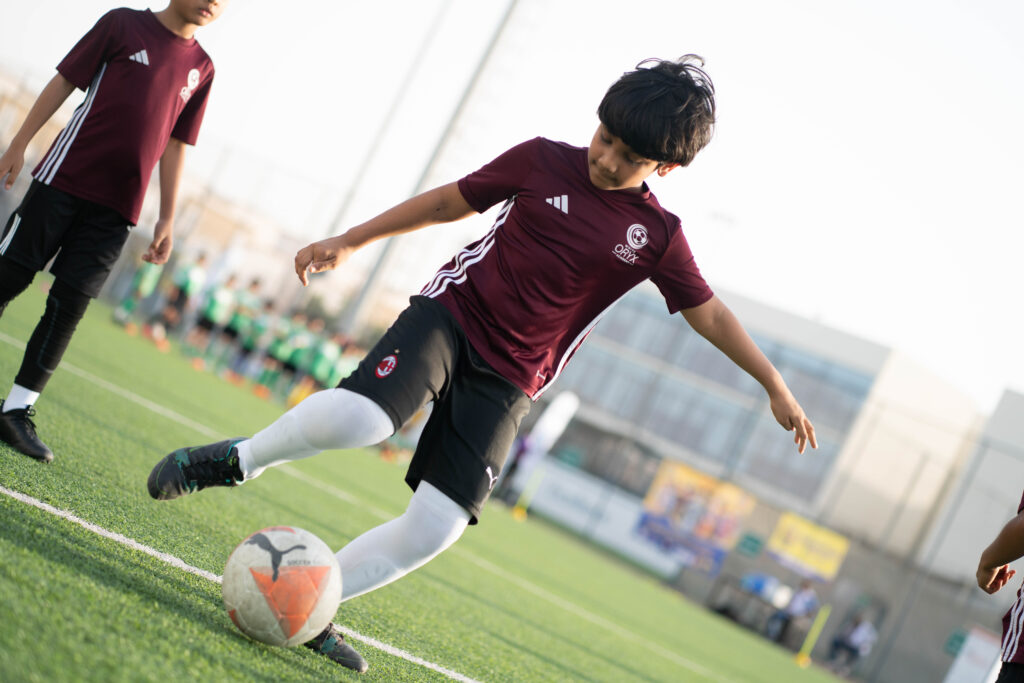Player Development Phases
Our Player Development Pathway
At White Oryx Academy, we believe in nurturing not just the athlete, but the person behind the player. Rooted in the globally recognised Long-Term Athlete Development Pathway (LTADP) and aligned with the Premier League’s Elite Player Performance Plan (EPPP), our bespoke model supports athletes in football, basketball, and swimming from age 3 to 18.
Each stage of development is carefully designed to match the physical, psychological, and social needs of our athletes, preparing them for high performance in sport and success in life.


Age-Specific Player Development Phases
“Give kids the right start.”
Age: 3-5
Focus: Sensory play, movement exploration, early sport exposure
EPPP Alignment: Pre-EPPP
LTAD Stage: Active Start
“Learn all fundamental movements and skills”
Age: 5-7
Focus: Fundamental movement, basic technical skills in chosen sport
EPPP Alignment: Foundation Phase (early)
LTAD Stage: FUNdamentals
“Build the engine and consolidate sport skills.”
Age: 7-10
Focus: Structured skill development, confidence building, teamwork
EPPP Alignment: Foundation Phase (late)
LTAD Stage: Learn to Train
“Build the engine and learn how to train.”
Age: 10-13
Focus: Tactical awareness, position-specific coaching, physical growth
EPPP Alignment: Youth Development Phase (early)
LTAD Stage: Train to Train
“Optimise fitness and sport-specific skills.”
Age: 13-15
Focus: Competitive readiness, decision-making under pressure, resilience
EPPP Alignment: Youth Development Phase (late)
LTAD Stage: Train to Train / early Train to Compete
“Optimise performance in competition.”
Age: 15-18
Focus: High-level performance, elite preparation, pathway support
EPPP Alignment: Professional Development Phase (early)
LTAD Stage: Train to Compete
Our Values Across Every Stage
Throughout all stages, athletes are guided by the White Oryx values:
Commitment. Fair Play. Teamwork. Diversity. Growth Mindset.
We aim to instil character, discipline, and leadership alongside physical excellence.
